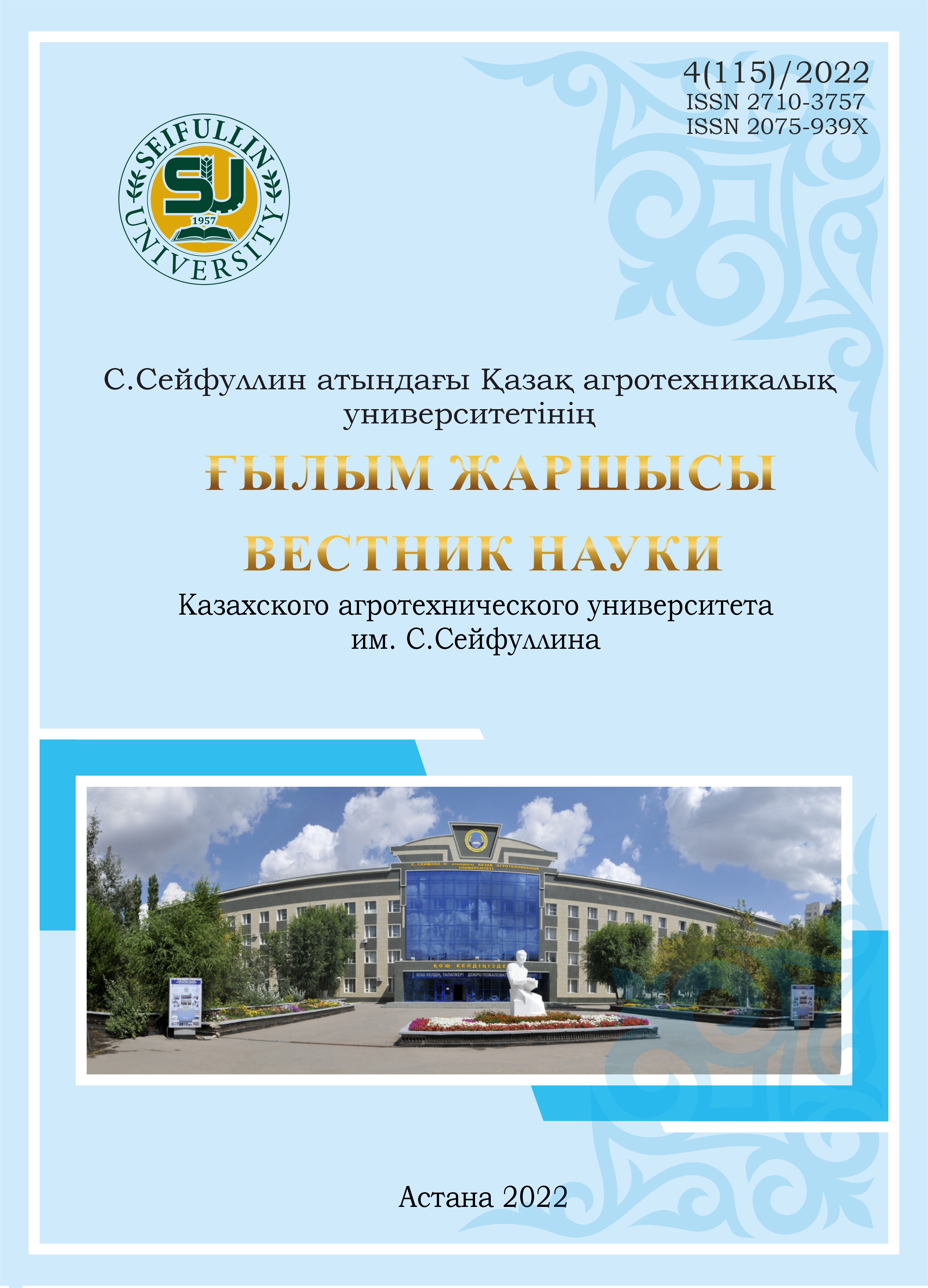TECHNOLOGY OF KEEPING HERD HORSES USING GPS-TRACKERS
tracker; herd horse breeding; ethology; Kazakh horse breed; pastures; remote tracking; collars.
DOI:
https://doi.org/10.51452/kazatu.2022.4.1253Keywords:
tracker; herd horse breeding; ethology; Kazakh horse breed; pastures; remote tracking; collars.Abstract
The article presents the results of scientific research on the use of GPS trackers in herd horse breeding. In particular, research work on remote control of the location, time of grazing, rest, etc. of horses on pasture pastures. The object of the study were Kazakh horses of the jabe type bred in «Akzhar-Ondiris» LLP of Pavlodar region. 10 (ten) satellite GPS trackers of the company «Globalstar Smart One C» and «SPOT Trace» were installed on Kazakh horses of the jabe type, of different sexes. Trackers were attached to the horses' necks using a collar. The use of trekkers on horses with herd maintenance allowed us to determine the location of horses, the duration of grazing and rest of horses for knocks, as well as the distance traveled by one shoal during grazing, depending on the air temperature. It was found that horses actively graze from 1800 in the evening to 600 in the morning, while horses, depending on the time of year and air temperature, walked from 4200 to 8300 meters during grazing. Also, with the help of the tracker, it was revealed that during the day, in relatively warm weather, the horses grazed for 12-14 hours, rested for 8 hours and moved for 1.5-2 hours without grazing, mainly for watering. In general, remote monitoring of the location of horses on pastures allowed to conduct round the-clock monitoring of the behavior of the leaders of shoals, to determine the range of grazing and routes of movement on pastures by seasons of the year and, based on the data obtained, to make a map of the year-round pasture turnover. The compiled map of the year-round pasture turnover contributes to the rational use of pasture feed resources and to create optimal conditions for feeding horses, which is a source of high-quality horse meat production.

